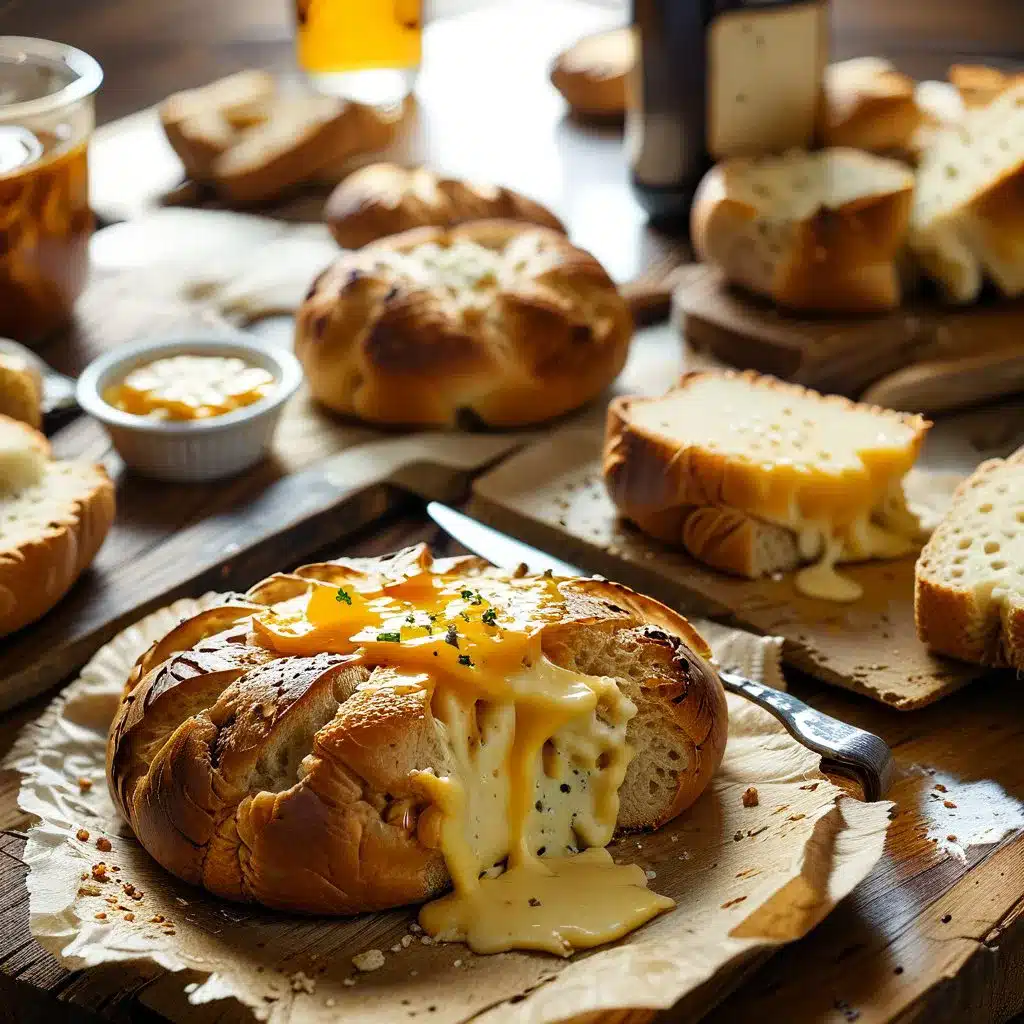Table of Contents
The world is a diverse tapestry of cultures, and this diversity extends to the food we eat and how we consume it. While some food habits might seem strange or unusual to outsiders, they are often deeply rooted in tradition and culture. Here are five unique food habits from around the globe, including a curious Swedish custom involving nicotine pouches.
1. Swedish Snus: A Different Kind of Pouch
In Sweden, a popular habit revolves around the use of snus, a type of moist powder tobacco that is placed under the upper lip. Unlike smoking, which involves inhaling tobacco smoke, snus is absorbed through the gums, delivering nicotine without the need for combustion. This practice has evolved into a modern twist with nicotine pouches, which offer a smokeless, spitless, and often tobacco-free alternative. These nicotine pouches, available through sites like GotPouches, come in various flavors and nicotine strengths. Although not a traditional food item, snus and nicotine pouches are often used in social settings, sometimes as an alternative to smoking after meals, showcasing Sweden’s unique approach to nicotine consumption.
2. Casu Marzu: The Infamous Cheese of Sardinia
In Sardinia, Italy, the cheese Casu Marzu takes “unusual” to another level. This traditional delicacy, also known as “maggot cheese,” is made from sheep’s milk and is intentionally infested with live insect larvae. The larvae digest the cheese, breaking down fats to create a soft, creamy texture. The cheese is typically eaten while the larvae are still alive, as their activity is said to enhance the flavor. While it may sound off-putting to many, for Sardinians, Casu Marzu is a cherished part of their culinary heritage, often served at special occasions and celebrations.
3. Hakarl: Iceland’s Fermented Shark
Iceland’s Hakarl is another example of a food habit that might seem unusual to outsiders. This traditional dish consists of Greenland shark that has been fermented and then hung to dry for several months. The fermentation process breaks down the shark’s toxic compounds, making it safe to eat. Hakarl is known for its strong ammonia smell and powerful, pungent taste. It’s often eaten in small cubes, usually accompanied by a shot of local schnapps called Brennivín. While the taste can be challenging, Hakarl is an important part of Icelandic culture and is often enjoyed during the midwinter festival of Thorrablot.
4. Balut: A Delicacy in the Philippines
Balut is a common street food in the Philippines that might surprise some people. It is a fertilized duck egg with a partially developed embryo inside. The egg is boiled and eaten whole, often seasoned with salt or vinegar. Balut is usually consumed as a snack or an appetizer, and it’s praised for its rich flavor and supposed aphrodisiac qualities. While the idea of eating a developing bird may be unsettling to some, balut is a beloved treat in the Philippines, enjoyed by people of all ages.
5. Escamoles: Mexico’s Edible Insect Caviar
In Mexico, escamoles are considered a delicacy. These are the larvae of ants, often referred to as “insect caviar.” Harvested from the roots of agave or maguey plants, escamoles have been eaten since the time of the Aztecs. They are usually prepared by sautéing them with butter, garlic, and spices, resulting in a dish with a buttery, nutty flavor. Escamoles are typically served in tacos or omelets and are highly prized for their unique taste and texture. While the thought of eating insect larvae might be unusual to some, in Mexico, escamoles are a gourmet item.
These five food habits illustrate the incredible diversity of culinary traditions around the world. While some might seem unusual or even bizarre, they are all integral parts of the cultures they come from. Whether it’s the smoky aroma of Swedish snus, the pungent taste of Icelandic Hakarl, or the rich texture of Mexican escamoles, each of these practices offers a fascinating glimpse into the world’s varied approaches to food and consumption.



